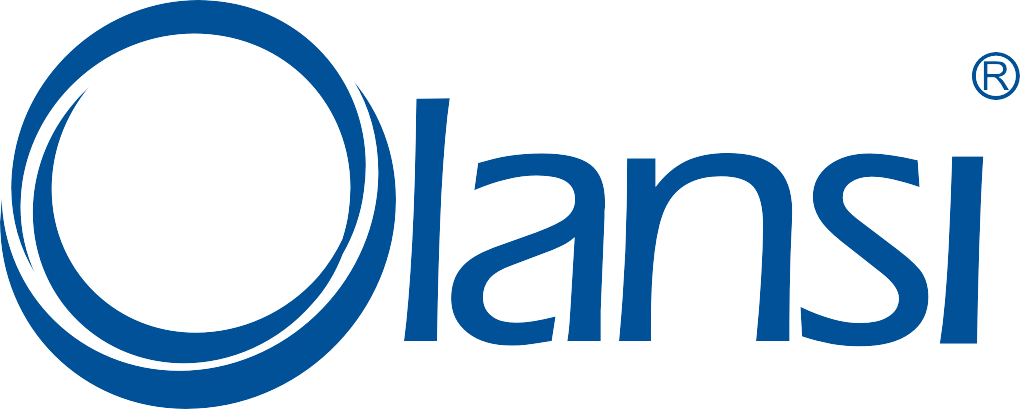China Air Purifiers: What We Evaluated, What We Found
During our evaluation of each oem air purifier, we tested the noise levels, airflow and energy consumption to develop a deeper understanding of each model and help you find the right one for your needs.
While you search for your air cleaner, make sure you consider which room you want it to be located. If you want to use the machine in the kitchen or living room during the day, you don’t really need to worry about how loud it is during operation. Just remember that many of these air purifiers can reach 60 dB or greater, which is about as loud as a vacuum cleaner. If you are looking for an air cleaner to use in your bedroom while you sleep, noise level is a major concern. For a bedroom air purifier, make sure its lowest setting produces under 30 dB, which is about as loud as a whisper.
Another element to consider is the airflow. We tested each air purifier‘s airflow and found that our results were similar to the manufacturer specifications. This means the listed airflow in cubic feet per minute on the manufacturers’ websites are accurate as to what you can expect. The airflow helps you determine how many air changes take place in an hour, which is especially important if you suffer from allergies. The more air changes a purifier produces in an hour, the better it is for people who have allergies or just want the cleanest air.
Finally, we measured how much energy each machine uses on its maximum settings to help you determine how much your purifier will affect your energy bill. Generally speaking, you don’t have to worry about these machines breaking the bank if you use them daily, as even the most expensive purifier from an energy standpoint runs at around $60 a year, or $5 a month.

